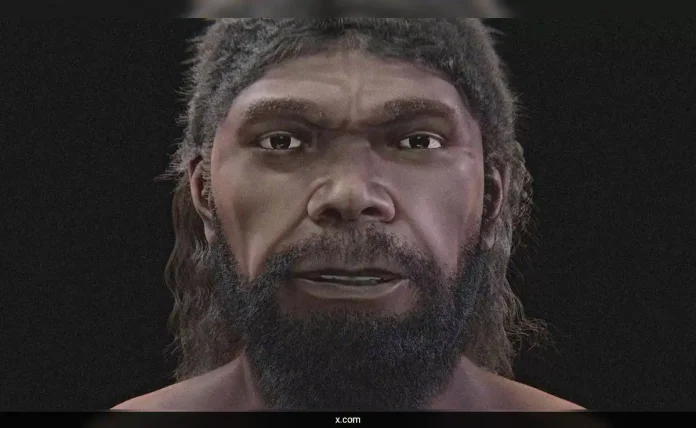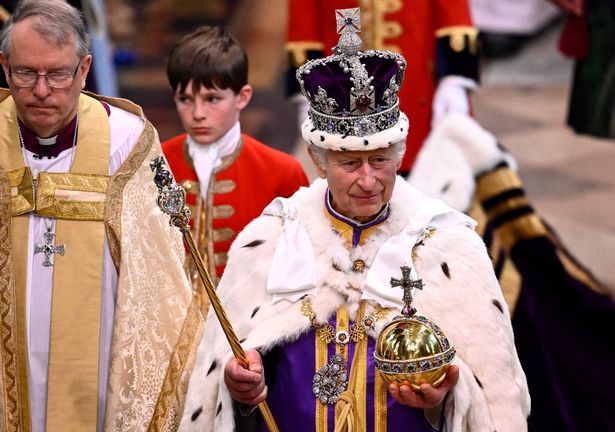Scientists have unveiled the face of an early human ancestor for the first time, providing insight into an individual who lived an astonishing 300,000 years ago.
This discovery not only enhances our understanding of human evolution but also challenges existing timelines.
The Jebel Irhoud bones, discovered in Morocco, have been pivotal in reshaping our understanding of human history. They pushed back the estimated emergence of Homo sapiens by 100,000 years, suggesting that our ancestors appeared earlier than previously believed.
Furthermore, these remains indicate that early humans migrated beyond East Africa, traditionally considered the “cradle of mankind,” much earlier than expected.
The facial reconstruction, a significant achievement led by Brazilian graphics expert Cicero Moraes, presents a visage described as “strong and serene.” Through careful analysis of the skull’s morphology, Moraes has produced a lifelike portrayal of our most ancient ancestor to date.
“Initially, I scanned the skull in 3D, using data provided by the researchers of Max Planck Institute. Then I proceeded with the facial approximation, which consisted of crossing several approaches, such as anatomical deformation,” Cicero Moraes told The Sun.
“Then I proceeded with the facial approximation, which consisted of crossing several approaches, such as anatomical deformation. This is where the tomography of a modern human is used, adapting it so that the donor’s skull becomes the Jebel Irhoud skull, and the deformation ends up generating a compatible face.”






